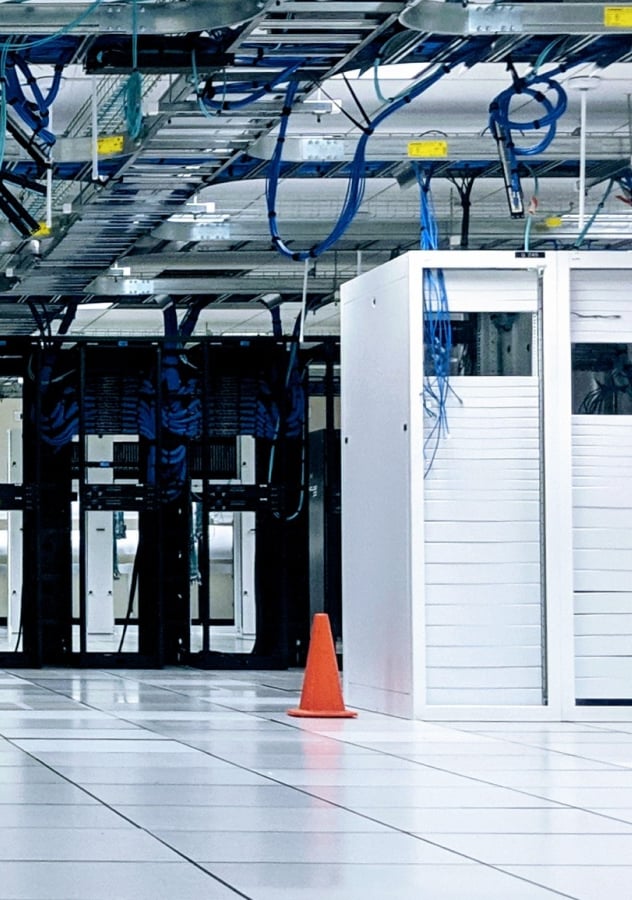More than 90% of global enterprises plan to shift from legacy ISDN/E1 lines to SIP trunking by 2025, driven by the official decommissioning of ISDN networks worldwide. This isn’t just a technical upgrade, it’s a strategic choice that impacts scalability, cost management, and digital transformation readiness.
ISDN’s phase-out accelerates the need for businesses to adopt SIP trunks now. Waiting risks operational disruption and falling behind competitors who leverage cloud communications and agile infrastructure.
Enterprises face new challenges with distributed teams, remote work, and multi-cloud environments. SIP trunks enable seamless global collaboration, integrated cloud platforms, and disaster recovery options that E1 simply can’t match. Regulatory demands such as GDPR and call recording compliance further complicate legacy telephony.
Choosing between SIP trunk and E1 goes beyond technology, it shapes your company’s ability to adapt, grow, and secure communications in a rapidly evolving landscape.
Let’s dive deeper into the technical, financial, and operational factors that make this choice critical for 2025 and beyond.
Key Takeaways
- E1 uses circuit-switched, hardware-based infrastructure (30 fixed channels per line), while SIP trunks rely on IP packet switching and offer near-infinite scalability with proper bandwidth and network setup.
- SIP is cheaper long-term: Total cost of ownership is 40–70% lower than E1, due to reduced hardware, faster scaling, and fewer installation delays, plus most SIP trunks can be provisioned in days, not weeks.
- SIP supports advanced failover, security, and compliance (TLS, SRTP, SBCs, GDPR, HIPAA), while E1 lacks dynamic routing and is slower to recover from outages.
- E1 may still suit areas with poor internet infrastructure, but SIP dominates in regions with high-quality broadband, making it ideal for remote teams, call centers, and digital-first operations.
- Hybrid deployment (SIP + E1) enables risk-free migration: businesses can gradually port numbers, test call quality, and maintain uptime without full cutover disruption.
Technical Foundations — What Really Separates SIP and E1
Understanding the core technical differences between SIP and E1 helps businesses make smarter telephony decisions. These two systems operate on fundamentally different principles, affecting performance, scalability, and reliability.
Let’s break down how each handles voice communication, capacity management, and failover options, setting the stage for a clear comparison.
The Core Mechanism: Circuit vs. Packet Switching
E1 uses circuit-switched technology, which dedicates a fixed path for each call over a physical T1/E1 line. Each channel reserves bandwidth exclusively, providing consistent quality but limited flexibility. Picture it as a private lane on a highway that stays open only for your car until the call ends.
SIP trunking operates over IP using packet switching. Voice data breaks into packets that share network paths dynamically with other traffic. This method maximizes resource use but depends on network conditions. Quality can vary due to latency, jitter, and packet loss.
Latency means delay between speaking and hearing. Jitter refers to irregular packet arrival times, causing choppy audio. VoIP requires careful QoS (Quality of Service) settings on routers to prioritize voice packets and maintain call clarity.
A visual diagram can clarify:
- E1: Dedicated physical circuit per call, fixed bandwidth.
- SIP: Data packets flowing over shared IP network, dynamically routed.
Capacity Architecture
E1 typically provides 30 simultaneous channels per line, fixed by hardware limitations. SIP claims near-infinite scalability, but real concurrency depends on network capacity, codec overhead, and NAT/firewall configurations.
Codecs compress voice signals. G.711 offers high quality but needs more bandwidth. G.729 reduces bandwidth at slight quality cost. Transcoding between codecs adds processing delay and potential quality drops.
With SIP, improper codec negotiation or transcoding can introduce latency and jitter. NAT traversal issues may block or delay packets unless managed by session border controllers (SBCs).
Thus, concurrency under SIP depends on well-tuned infrastructure rather than a hard channel limit.
Resilience and Failover
E1 relies on hardware redundancy, backup lines and physical switches. Failover takes time as systems detect failure and switch circuits. Mean time to recovery (MTTR) for E1 often ranges from hours to days, depending on onsite support.
SIP trunks support automatic failover with cloud-based SBCs, dual-homing to multiple internet providers, and DNS SRV records for dynamic rerouting. These options reduce MTTR to minutes or seconds in well-architected setups.
SIP’s software-driven resilience suits distributed, hybrid workforces and multi-site businesses better than E1’s hardware-heavy failover.
Cost Modeling — Beyond Line Rental and Call Rates
Understanding telephony costs means looking deeper than monthly line rental and per-minute charges. Total Cost of Ownership (TCO) includes hardware, licensing, installation, network upgrades, and ongoing support. These factors impact budgets and long-term financial planning.
SIP and E1 differ widely in these areas, which shapes the real cost picture for businesses evaluating their telephony infrastructure.
Total Cost of Ownership (TCO) Breakdown
| Cost Category | E1 (3-Year Estimate) | SIP Trunk (3-Year Estimate) |
| Hardware (PBX, gateways, routers) | $15,000 – $30,000 | $5,000 – $10,000 (SBCs, routers) |
| Licenses & Software | $3,000 – $7,000 | $2,000 – $5,000 |
| Installation & Setup | $10,000 – $15,000 | $2,000 – $5,000 |
| Network Upgrades | $5,000 – $10,000 | $3,000 – $7,000 (for QoS, bandwidth) |
| Support Staff Time | High (on-prem maintenance) | Moderate (managed services available) |
| PSTN Interconnect Fees | $1,000 – $3,000 annually | N/A |
| SBC Licensing Fees | N/A | $1,000 – $3,000 annually |
Hidden costs, like PSTN interconnect fees for E1 or Session Border Controller (SBC) licensing for SIP, often surprise budgeting teams. E1’s hardware-heavy model also demands more maintenance hours and onsite expertise. SIP’s reliance on internet infrastructure shifts some costs but offers managed service options to reduce in-house burden.
Scalability Costs
Adding 30 extra channels in an E1 setup requires physical line installation, new hardware, and configuration. Typical timelines range from 4 to 8 weeks, costing $10,000 to $20,000 or more, depending on location and vendor.
SIP scales faster and cheaper. Provisioning additional channels often takes days, with minimal hardware changes. Incremental costs usually include increased bandwidth and SIP trunk fees, totaling $1,500 to $4,000.
Use cases show the difference:
- Retail chains can handle seasonal demand spikes by activating channels on demand with SIP.
- Call centers benefit from rapid expansion during campaigns without waiting for line installations.
- Mergers and acquisitions integrate communications faster with SIP’s flexible channel management.
This cost clarity reveals why many organizations move aggressively toward SIP trunking despite legacy investments in E1. Next, we’ll explore security, compliance, and operational risks between the two.
Security, Compliance, and Operational Risk
Moving from E1 to SIP introduces new security and compliance challenges that businesses must address carefully. Understanding these risks and how to manage them helps protect communications and avoid costly disruptions.
SIP-Specific Threat Models
SIP doesn’t just bring convenience—it also exposes networks to targeted threats. Common attack vectors include:
- SIP registration hijack: Attackers impersonate legitimate devices to intercept or reroute calls.
- Denial of Service (DoS): Flooding SIP servers with fake traffic causes service outages.
- Toll fraud: Unauthorized use of SIP trunks leads to unexpected charges.
Mitigating these risks demands more than basic firewalls. Real-world protections include:
- TLS and SRTP: Encrypt signaling and media to prevent eavesdropping.
- Geo IP filtering: Block suspicious traffic from high-risk regions.
- Session Border Controllers (SBCs): Act as gatekeepers enforcing policies and hiding network details.
- Managed SIP providers: Offer built-in security and monitoring, reducing internal complexity.
Combining these safeguards creates a multi-layer defense, essential for reliable SIP deployments.
Compliance and Call Recording
Regulations like MiFID II and HIPAA require secure call recording and lawful intercept capabilities. E1 systems, built on circuit-switched tech, rely on raw Call Detail Records (CDRs) with limited metadata. SIP offers richer signaling data through SIP headers, enabling tighter CRM integration and more granular compliance controls.
Vendor implementations vary: some provide advanced real-time analytics and automated compliance features, while others offer minimal logging. Choosing providers with strong compliance support helps avoid penalties and simplifies audits.
Global Availability and Vendor Ecosystem
Choosing between SIP trunking and E1 involves more than technology. Geographic coverage, network quality, and vendor capabilities play major roles. Understanding where SIP excels and where legacy E1 still fits prepares businesses for the right fit.
SIP in Tier-1 Markets vs Developing Regions
SIP trunking offers broad coverage with low latency and high reliability in Tier-1 markets like North America, Western Europe, and parts of Asia. These regions benefit from dense Points of Presence (PoPs), fiber infrastructure, and mature Internet backbones, resulting in consistent call quality.
Emerging markets in Africa, Latin America, and some Asian countries face challenges. Internet reliability and bandwidth can vary widely. In such cases, E1 lines remain relevant as interim solutions due to their dedicated circuits and predictable performance. Until connectivity stabilizes, some businesses keep E1 for critical voice links.
SIP Trunking Providers: What to Evaluate
When selecting a SIP provider, prioritize these factors:
- Latency and jitter guarantees: Essential for voice clarity.
- Uptime SLAs: Look for 99.99% or better.
- Pricing transparency: Avoid hidden fees on channels, calls, or porting.
- QoS support: End-to-end traffic prioritization.
- Geographic reach: Multiple PoPs near your business locations.
- Redundancy: Diverse routing paths and cloud failover options.
Leading providers like Twilio, Bandwidth, and Vonage differentiate through global PoP density and API-rich platforms. Regional specialists may excel in local compliance and support. Matching your needs with provider strengths ensures smoother deployment and ongoing reliability.
Migration Strategy: Moving from E1 to SIP Without Downtime
Switching from E1 to SIP requires careful planning to avoid communication gaps. A phased, methodical approach minimizes risks and preserves business continuity. Let’s explore key steps to prepare your network, operate both systems together during transition, and navigate common pitfalls.
SIP Readiness Assessment
Before switching, audit your network thoroughly:
- Bandwidth: Confirm capacity for concurrent SIP calls plus other traffic.
- Router QoS: Ensure prioritization for SIP packets to reduce latency and jitter.
- Session Border Controller (SBC) readiness: Verify SBCs support SIP security and protocol handling.
- NAT traversal: Check firewall and NAT configurations to prevent call drops or one-way audio.
This checklist prevents hidden issues and confirms infrastructure can handle SIP demands smoothly.
Hybrid Mode — Running SIP and E1 in Parallel
Phased deployment reduces risk. Keep E1 active as a fallback while introducing SIP channels gradually. Steps include:
- Gradual number porting from E1 to SIP, avoiding mass switchover.
- Intelligent routing logic to direct calls to SIP first, then fallback to E1 if needed.
- Monitoring call quality and system performance on both platforms.
Hybrid mode ensures users experience no service interruption during cutover.
Risks to Watch During Cutover
Watch for common challenges that disrupt migration:
- Codec mismatch: SIP and E1 may default to different codecs; transcoding can add latency.
- NAT/firewall misconfiguration: Can cause dropped calls or audio issues.
- Misrouted Direct Inward Dialing (DID): Incorrect routing of phone numbers leads to lost calls.
Address these early with rigorous testing and collaboration between network and telephony teams.
Decision Matrix: When to Choose SIP, E1, or Hybrid
Choosing between SIP, E1, or a hybrid approach depends on several business factors. A clear decision matrix helps align telephony strategy with company needs and infrastructure realities.
Decision Criteria Matrix
| Criteria | SIP Trunking | E1 Lines | Hybrid Setup |
| Company Size | Small to large; scales easily | Small to medium; limited scaling | Medium to large; phased transition |
| Number of Sites | Multiple, geographically dispersed | Few, fixed locations | Multiple sites with gradual SIP rollout |
| Technical Maturity | High; IT teams comfortable with VoIP | Lower; traditional telephony expertise | Mix of both skills required |
| Existing Investments | Modern IP PBX, UCaaS platforms | Legacy PBX and circuit-switched lines | Legacy with SIP overlay |
| Compliance Constraints | Supports complex compliance (GDPR, HIPAA) | Good for strict on-prem controls | Compliance can be maintained via E1 fallback |
| Internet Reliability | Requires stable, high-quality internet | Independent of internet connectivity | Uses internet when reliable, fallback to E1 |
Short Personas with Recommendations
- High-Compliance EU Finance Firm:
Relies on strict data controls and compliance. Prefers hybrid initially, moving to SIP when regulatory validations complete. - Multi-Site Retail Chain:
Needs rapid channel scaling across locations. SIP suits well for cost control and geographic flexibility. - Small Local Business:
Minimal scaling needs and limited IT resources. E1 or basic SIP with vendor support fits best. - Distributed Tech Company:
Heavy remote workforce and cloud adoption. SIP offers the flexibility and integration required.
This matrix guides decision-makers by matching telephony choices with business realities, helping them invest wisely and future-proof communications. Next, we’ll discuss final strategic advice for preparing a post-E1 infrastructure.
Final Word — Preparing for a Post-E1 Era
By 2025, the global shift away from E1 and ISDN lines is undeniable. Even if E1 suits your current setup, planning for its eventual sunset proves essential. Legacy systems face rising maintenance costs, dwindling vendor support, and growing incompatibility with modern communications.
Set a clear internal deadline, such as within the next 12 to 18 months—to reassess your telephony infrastructure. Use major events like office moves, hardware refreshes, or compliance audits as triggers for this review. Staying proactive avoids rushed migrations and costly downtime.
Start evaluating your SIP readiness now. Assess bandwidth, network quality, and integration capabilities with a professional SIP readiness consultation. Downloadable checklists and provider comparison tools can simplify this process and offer clarity on vendor options.
Preparing early lets you align voice infrastructure with digital transformation goals. It also keeps your communications resilient, flexible, and compliant. Transitioning thoughtfully ensures your business stays competitive well beyond the E1 era.
For tailored guidance, request a readiness consultation or access our comprehensive SIP assessment tools at didlogic. Taking the first step today sets the foundation for a future-proof communications strategy.
Further Reading










